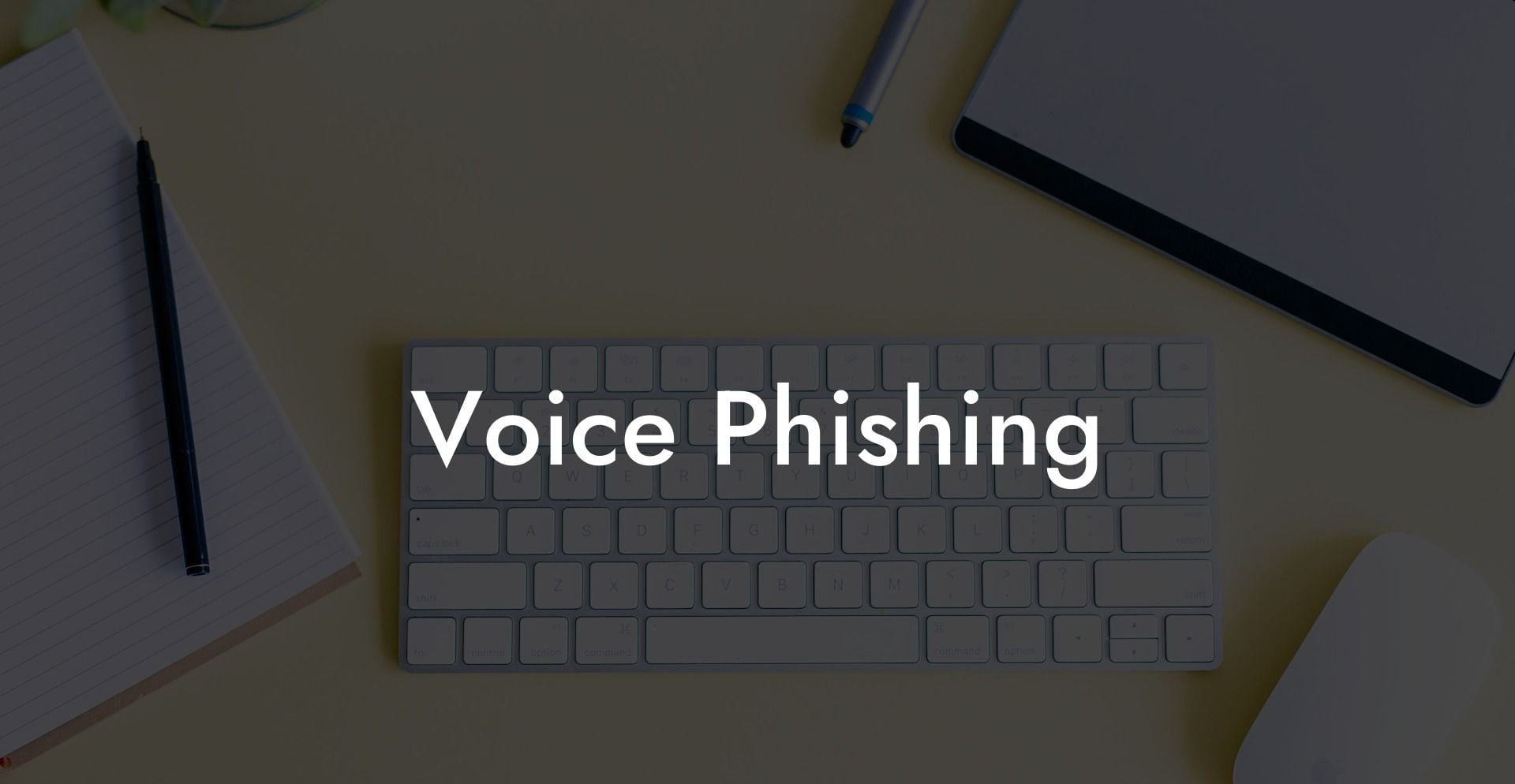In recent years, phishing scams have evolved beyond spoofed emails and fake websites. Now, cybercriminals have a new weapon in their arsenal: voice phishing, also known as vishing. Scammers use this technique to obtain sensitive information from unsuspecting individuals through phone calls or voice messages, often posing as representatives of legitimate organizations such as banks, government agencies, or popular businesses.
Voice Phishing Table of Contents
Voice phishing scams typically involve the following steps:
Voice phishing is a growing threat that everyone should be aware of, as it targets individuals and institutions alike. This guide will provide you the complete understanding of what voice phishing is, recognizing the warning signs, and most importantly, implementing measures to protect yourself and your sensitive information.
Voice phishing scams typically involve the following steps:
1. Initial Contact
Protect Your Data Today With a Secure Password Manager. Our Top Password Managers:
The scammer calls or leaves a voice message, pretending to be from a legitimate organization (e.g., banks, government agencies). They may use a variety of tactics, such as spoofing caller ID information or using pre-recorded messages to make the call appear more authentic.
2. Building Trust
The scammer often claims that there is an issue with the victim's account or that they need to verify personal information. They will sound professional and convincing, leading the victim to believe they are dealing with a legitimate representative.
3. Acquiring Info/Data
Once the trust is established, the scammer will ask the victim to reveal sensitive information, such as account numbers, passwords, or Social Security numbers, which can then be used for identity theft or other fraudulent activities.
Recognizing and Reporting Voice Phishing Scams
Here are some warning signs to watch out for:
- The caller ID shows a strange or blocked number.
- The person on the other end of the line seems overly eager to get you to share sensitive information.
- You receive a suspicious voice message prompting you to call back and provide personal details.
To report a voice phishing attempt or share an incident in your community, you can reach out to the relevant authorities or utilize your bank's fraud-reporting system.
Employing Effective Security Measures
Implement these crucial security measures to ensure protection against voice phishing scams:
1. Verify the source: Never provide sensitive information over the phone without verifying the authenticity of the call. You can do this by contacting the organization using the phone number provided on their official website or your account statement.
2. Refrain from sharing personal details: Be cautious when providing personal information over the phone, especially to unsolicited callers or unknown sources.
3. Protect your devices: Install antivirus software and firewalls in your devices to protect your personal data, and keep your software and applications up to date.
4. Stay informed: Continuously educate yourself and your loved ones about the latest security threats and tactics, as cybercriminals are consistently developing new methods to steal information.
Now that you understand the growing threat of voice phishing, it’s crucial to raise awareness within your circle and promote good cyber hygiene. Encourage others to read this guide and explore more resources available online to stay one step ahead of these cunning scammers.
Remember, knowledge is power, and the best line of defense against voice phishing scams is to be cautious and informed. By sharing this guide and implementing the security measures mentioned, you can protect yourself and your loved ones from becoming victims of these malicious cyber attacks.
Protect Your Data Today With a Secure Password Manager. Our Top Password Managers:















